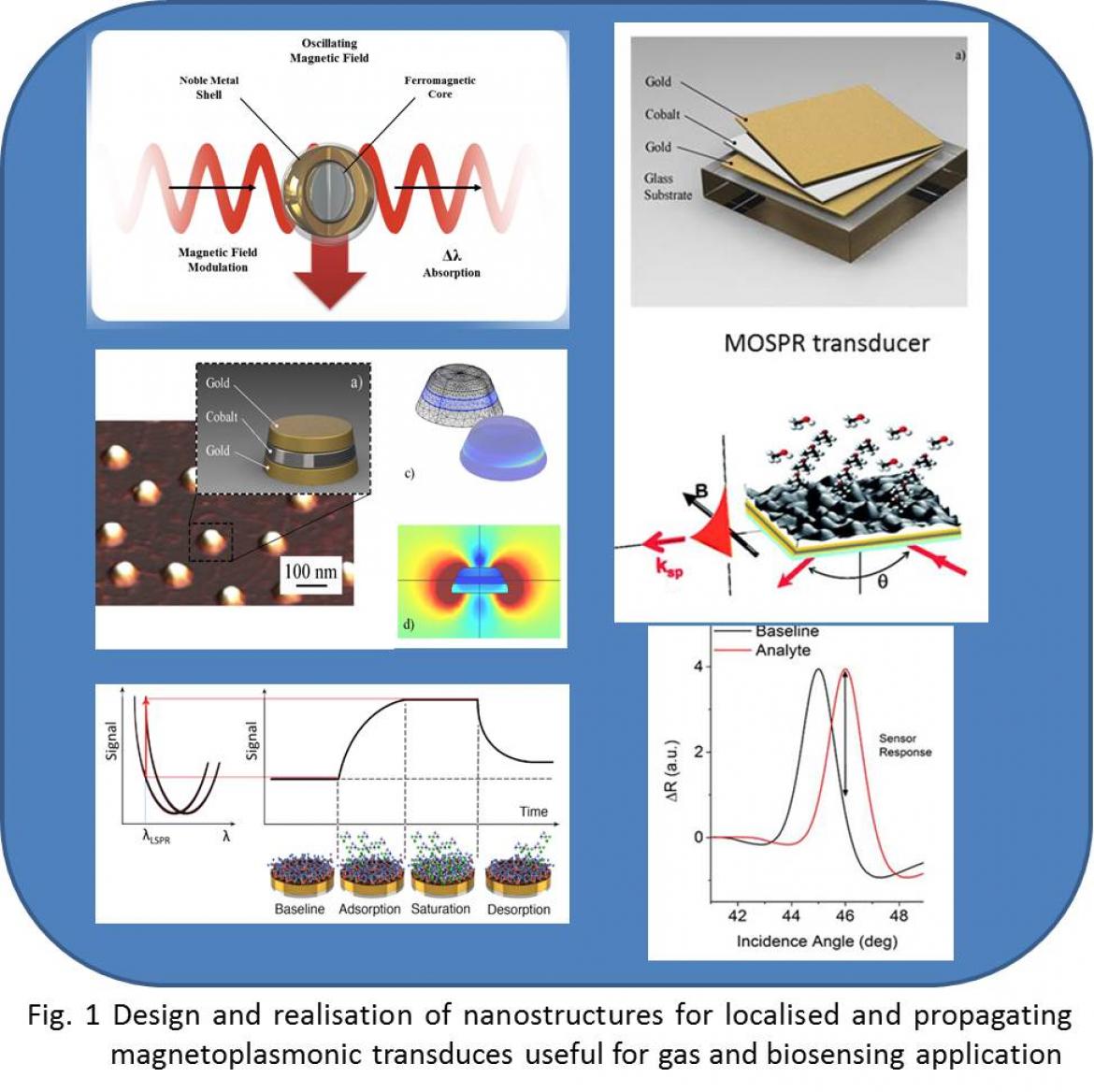
Interactions between analyte molecules (in a liquid or gas phase) and sensitive layers of solid-state chemical sensors can provide a considerable amount of information, e.g., for environmental control, life science, or food safety purposes. Such sensors are composed of two main elements: the sensing layer and the transducer. The former is the part that interacts directly with the analyte (i.e., where the vapor molecules or biological analytes are physically or chemically adsorbed), and the transducer is necessary for converting these processes into a detectable electric signal.
24 October 2016, SPIE Newsroom. DOI: 10.1117/2.1201608.006658
Source:
News:

